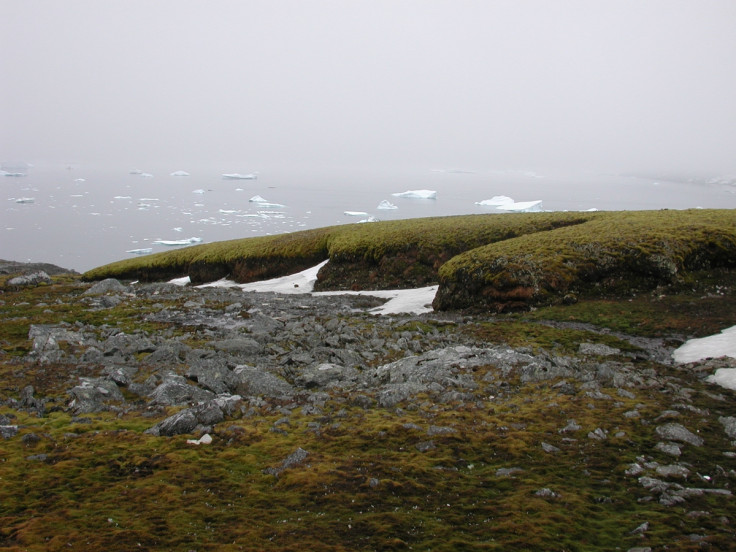Ancient Antarctic Moss 'Rises from the Dead' After 1,500 Years Frozen in Ice

Ancient moss found in the Antarctic has been brought back to life after being frozen in time for 1,500 years, according to new research.
Scientists from the British Antarctic Survey and University of Reading say this is the first time anything other than a microbe has been able to rise from the dead after such a long time on ice.
The research, published in the Cell Press journal Current Biology, suggests that mosses can survive for such an extended period frozen in time so that if the ice retreats, it would not take a long-distance colonisation event to regrow in the area.
Mosses hold a special relevance to Antarctic ecosystems as they are responsible for storing most of the fixed carbon.
Peter Convey, from the British Antarctic Survey, said: "These mosses were basically in a very long-term deep freeze. This timescale of survival and recovery is much, much longer than anything reported for them before."
Before the discovery of the mosses, the longest any plant has survived inactive beneath ice is 20 years. Only microbes are able to survive thousands of years.
Convey and the team were studying polar mosses to look at past climate conditions. They were looking at their growth rates to reconstruct how the environment has changed over time.

The oldest moss banks studied dated to up to 6,000 years, while they chose to focus on one that was 2,000 years old.
At first they were not sure the mosses from over 20 years ago would survive, so when samples from 1,530 years ago began to regrow, they were hugely surprised. "We actually did very little [to help them grow] other than slice the moss core very carefully," Convey said.
After placing the samples in an incubator with normal growth light levels and temperatures, new shoots began to appear.
"This experiment shows that multi-cellular organisms, plants in this case, can survive over far longer timescales than previously thought. These mosses, a key part of the ecosystem, could survive century to millennial periods of ice advance, such as the Little Ice Age in Europe, Convey said.
"If they can survive in this way, then recolonisation following an ice age, once the ice retreats, would be a lot easier than migrating trans-oceanic distances from warmer regions. It also maintains diversity in an area that would otherwise be wiped clean of life by the ice advance.
"Although it would be a big jump from the current finding, this does raise the possibility of complex life forms surviving even longer periods once encased in permafrost or ice."
© Copyright IBTimes 2024. All rights reserved.









